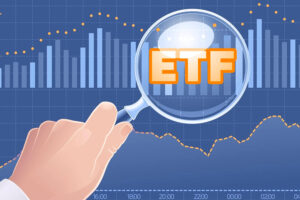
Learn more about Price Action Trader
A price action trader is an individual who focuses on analyzing and making trading decisions based solely on the price movement of an asset, rather than relying on indicators or other technical analysis tools. This approach to trading emphasizes studying the patterns, trends, and formations that occur in the price chart.
Price action traders believe that all the necessary information to make profitable trades can be found within the price itself. They argue that indicators and other complex analytical tools often lag behind the market, leading to delayed or inaccurate signals. Instead, price action traders rely on their ability to interpret and understand the patterns and signals directly from the price movements.
One of the key principles of price action trading is understanding support and resistance levels. Support levels are areas where buying pressure is expected to outweigh selling pressure, causing the price to bounce back up after a decline. Resistance levels, on the other hand, are areas where selling pressure is expected to outnumber buying pressure, resulting in a potential reversal or a stall in price increase.
By identifying these support and resistance levels, price action traders can make informed decisions about when to enter or exit a trade. They may look for price rejections at these levels, such as candlestick patterns like the pin bar, which indicate a potential reversal in the price direction.
Another important concept in price action trading is trend analysis. Traders will look for trends in the price chart, whether it is an uptrend (higher highs and higher lows) or a downtrend (lower highs and lower lows). By identifying the prevailing trend, price action traders can align their trades with the overall market sentiment, increasing the probability of success.
In addition to support, resistance, and trend analysis, price action traders also pay attention to other factors like chart patterns, breakouts, and the behavior of market participants. They look for patterns such as triangles, double tops, or head and shoulders formations, which can provide insights into future price movements.
The skill of a price action trader lies in their ability to accurately interpret and anticipate market behavior based on the price action alone. This requires practice, experience, and a deep understanding of market psychology. By studying historical price data and constantly observing and analyzing current market conditions, price action traders develop their intuition and gain an edge in the market.
Price action trading can be applied to various financial markets, including stocks, forex, commodities, and cryptocurrencies. It offers a flexible and adaptable approach to trading, as it can be used in conjunction with other strategies or as a stand-alone method.
In conclusion, a price action trader is someone who relies on the analysis of price movements to make trading decisions. They believe that price patterns and signals can provide valuable insights into market direction and future price movements. With a focus on support and resistance levels, trend analysis, and other factors, price action traders aim to profit from their understanding of market behavior.



